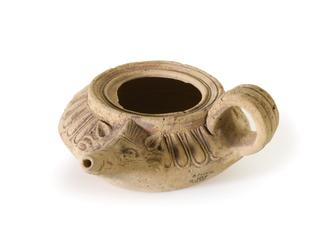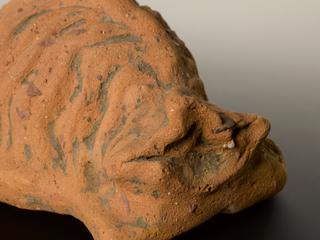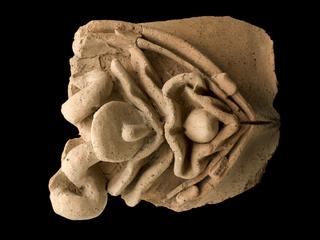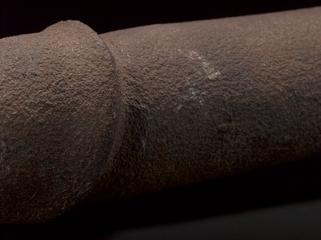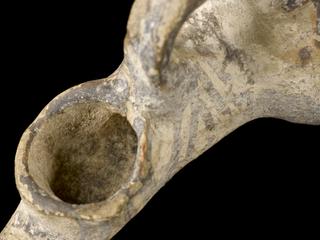
White marble votive finger
- Made:
- 200BCE-200CE in Europe




White marble votive finger, bent at knuckle, possibly Roman, 200BC-200
Votive offerings are those left in sacred places to ask for, or express gratitude for, healing. They are often made in the shape of the affected body part. Some are bespoke pieces, cast in expensive metals such as bronze. Others are mass-produced from cheaper materials such as terracotta and wax. Although it originated in earlier cultures, the phenomenon thrived in Ancient Roman Italy between 400 and 100 BC. It persists today in many faiths, including Christianity and Hinduism. This marble finger may have been produced as a votive or could have originally been part of a statue.
Details
- Category:
- Classical & Medieval Medicine
- Collection:
- Sir Henry Wellcome's Museum Collection
- Object Number:
- A659704
- Materials:
- marble
- Measurements:
-
overall: 32 mm x 64 mm x 20 mm, .04 kg
- type:
- votive finger
- credit:
- Loan, Wellcome Trust
